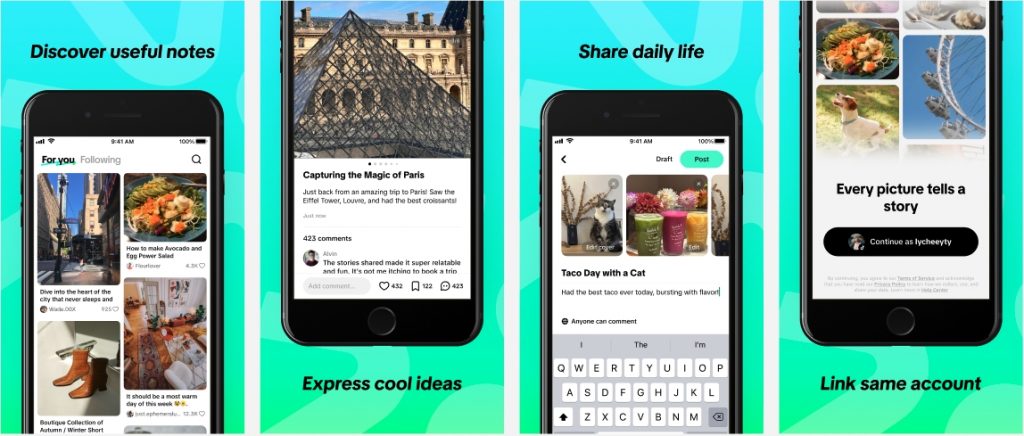Since the cookie apocalypse, companies have been encouraged to develop their own in-house customer database, through the creation of an e-mail mailing list. As a result, companies have gone on the hunt for e-mails, with white papers, webinars and newsletters as bait. But periodically, it’s time to clean up your mailing list. Here’s how and why.
In an e-mail marketing campaign, the sinews of war are the open rate.
If only 10% to 15% of your e-mails are opened, it sends a message to the e-mail platform that your messages aren’t relevant to the audience you’re trying to reach,” explains Alexandre Tremblay, marketing consultant and sales tunnel optimization expert.
And so, the immediate risk is that e-mail messages end up in the “promotion” box, or worse, in spam.
This can break an e-mail list,” insists Alexandre Tremblay. Some companies rely on this correspondence to close online sales. And that can account for up to 50% of their sales. If their e-mail ends up in spam, it’s catastrophic for them.
Keeping control of your mailing list

According to the marketing specialist, a company should aim for an open rate of 20% to 50%, depending on its sector of activity and the size of its mailing list. To maintain a high rate, you need to separate the wheat from the chaff on a regular basis.
Using an application like ActiveCampaign, you can automate the management of your e-mail list. Personally, when a potential customer hasn’t interacted with the brand for 90 days, I send a sequence of 1 to 3 emails, giving valuable content, to find out if the person is still interested in the brand. Finally, I’ll ask the person – via email – if they’re still interested in the content and give them the option to unsubscribe; it does an automatic housekeeping.”
With hindsight, the specialist notes that a proportion of 40% to 50% of people who interact with a brand for the first time will never follow up or buy any products or services. These are the people you need to identify and remove from your list.
You shouldn’t be afraid to get rid of customers who aren’t committed,” he insists. They’ve got what they wanted from the first interaction and they won’t come back. It’s like a wardrobe: if you accumulate and keep all your old clothes, you end up thinking you have no space for new clothes!”
The specialist points out that, for most campaign managers, the company pays for the number of customer profiles in its database. In this context, it’s pointless to burden yourself with leads that lead nowhere.
Act upstream
Without calling into question the need to periodically clean up your e-mail list, Alexandre Tremblay points out that there are also a few “best practices” for establishing – upstream – a fluid communication channel with a potential customer.
The marketing consultant gives two examples of engagement strategies: at the end of an e-mail, we can ask the recipient to confirm that he or she has received the mailing, or, when offering a white paper, it’s preferable to deliver it by e-mail rather than downloading it from the website. These two simple interactions will establish a communications history in the eyes of the e-mail management platform.
With this advice in mind, all that remains is to wish you “good riddance” of your bad leads!
Discovery our trainings :






